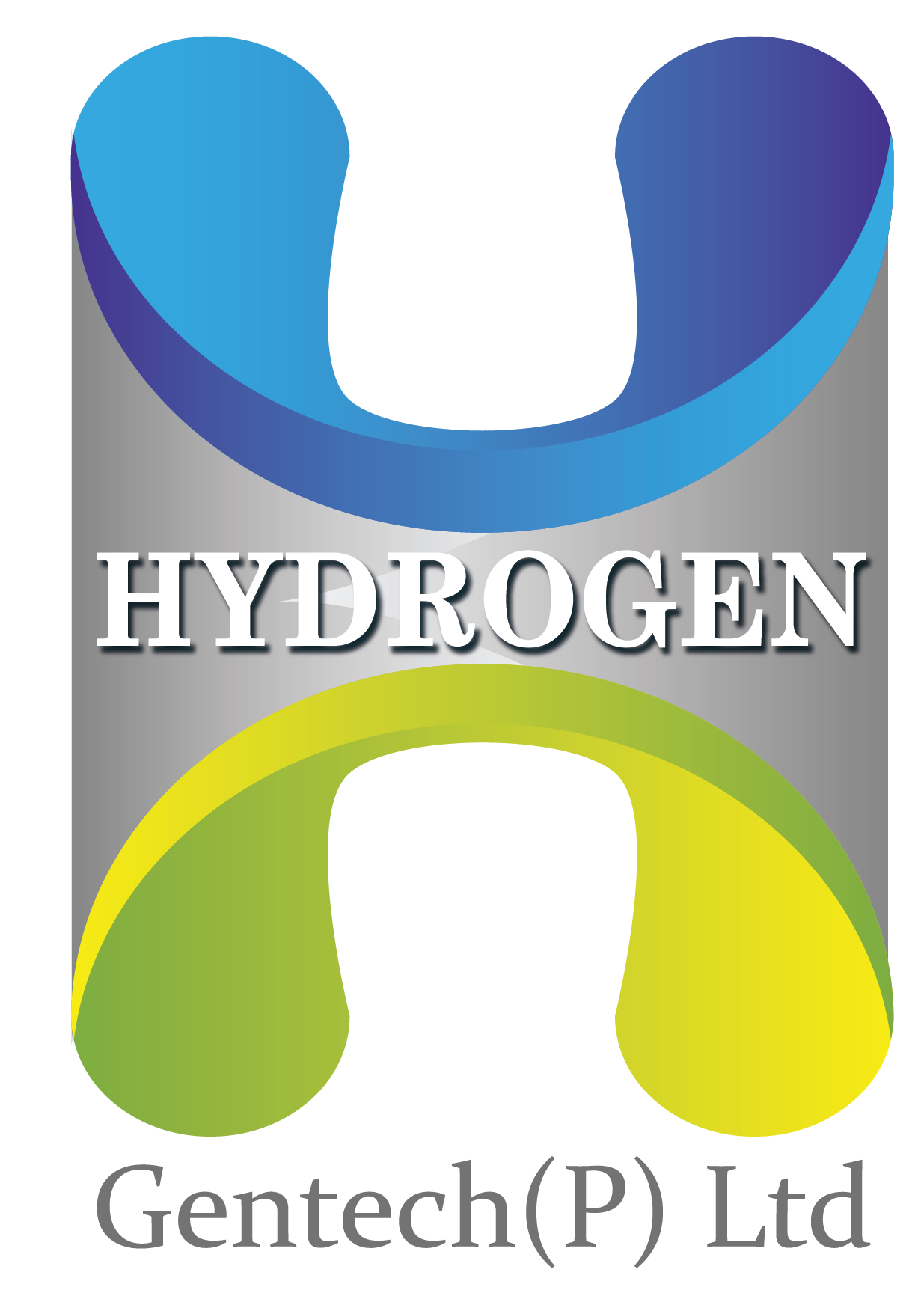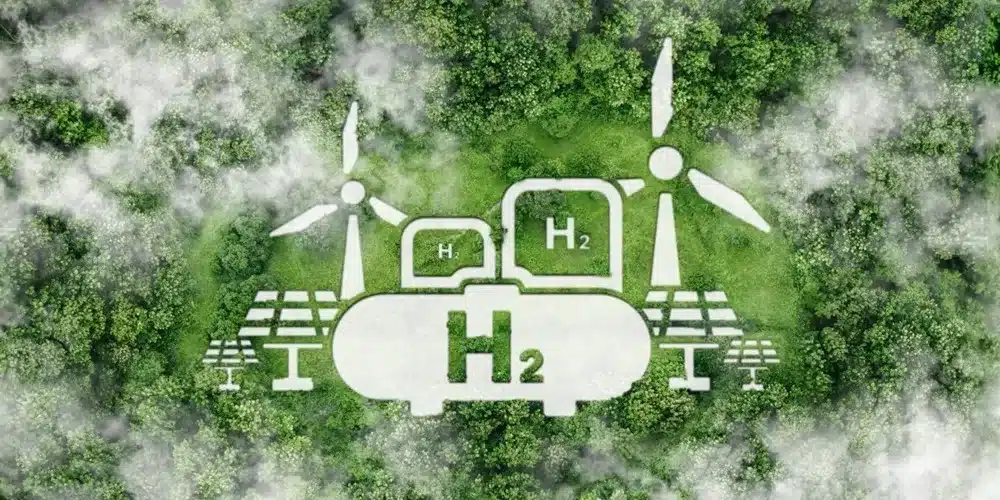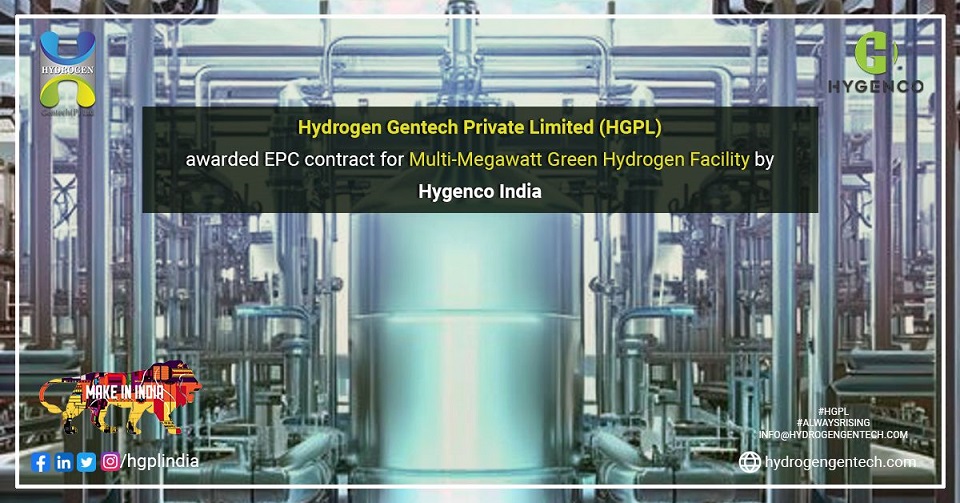In a world racing toward decarbonization, hydrogen has taken center stage as the fuel of the future. Yet, the logistics of hydrogen supply chains often pose barriers to adoption. This is where on-site hydrogen generation becomes a game-changing solution—offering industries autonomy, cost-efficiency, and alignment with sustainability mandates. From EPC contractors and industrial plant owners to renewable project developers, on-site generation presents both operational and strategic value.
What Is On-Site Hydrogen Generation?
On-site hydrogen generation refers to the process of producing hydrogen gas directly at the point of consumption, rather than transporting it from central production facilities. Most commonly, this is achieved using water electrolysis powered by renewable energy sources such as solar or wind. Other methods include natural gas reforming or methanol reforming, though green hydrogen via electrolysis is preferred for sustainability.
The core equipment for this setup includes an electrolyzer, balance of plant (BoP) systems like gas-lye separators and purification units, and a skid-mounted or modular containerized setup for easy integration. These systems are designed to scale with demand and can be fully automated with remote monitoring features.
Why Industries Are Shifting to On-Site Generation
Heavy industries often depend on hydrogen for refining, metal processing, glass production, semiconductor manufacturing, and ammonia synthesis. Traditionally, this hydrogen is supplied via gas cylinders or tanker trucks. However, these supply chains introduce risks—ranging from delays and storage hazards to cost fluctuations.
On-site generation addresses these concerns by providing a decentralized, reliable, and cleaner hydrogen source. It enables uninterrupted operations, minimizes dependence on third-party logistics, and reduces carbon emissions associated with hydrogen transportation.
Key Industrial Sectors Benefiting from On-Site Hydrogen
Steel and Metallurgy
Steelmakers are adopting hydrogen to replace coking coal in Direct Reduced Iron (DRI) processes. On-site hydrogen plants can be co-located with steel mills to ensure a continuous, high-purity supply. This also reduces the emissions footprint significantly, helping plants meet EU’s Carbon Border Adjustment Mechanism (CBAM) requirements.
Refineries and Petrochemical Plants
Refineries use large volumes of hydrogen for hydrocracking and hydrotreating. Generating hydrogen on-site using green energy helps reduce Scope 1 and 2 emissions. Skid-mounted hydrogen generation systems can be retrofitted into existing refining infrastructure with minimal disruption.
Electronics and Semiconductor Manufacturing
Ultra-high purity hydrogen is essential for chip fabrication and other semiconductor processes. On-site production reduces the risk of contamination during transit and enables 24/7 availability with real-time monitoring.
Glass and Ceramics
These industries require consistent high-temperature heat. Hydrogen combustion offers a low-emission alternative to natural gas or diesel-based heating. With on-site generation, companies can maintain tight control over fuel input quality and flow.
Fertilizer and Ammonia Plants
Traditionally, hydrogen for ammonia production comes from natural gas (via SMR). On-site green hydrogen systems allow producers to make low-carbon ammonia, which is increasingly in demand as both a fertilizer and hydrogen carrier.
Technological Components That Power On-Site Hydrogen Generation
Electrolyzers
Electrolyzers split water into hydrogen and oxygen using electricity. PEM and alkaline electrolyzers are most common. HGPL’s systems support both technologies with proven European designs for efficiency and scalability.
Balance of Plant (BoP) Systems
These include hydrogen purification units, gas-lye separators, heat exchangers, compressors, and safety instrumentation. HGPL manufactures fully integrated BoP skids that adhere to ISO 9001:2015 and can be customized for flow rates and purity.
PLC-Based Control Panels
Advanced automation through PLC and SCADA ensures optimal performance, real-time diagnostics, and operational safety. These systems can be remotely monitored for predictive maintenance.
Business Advantages of On-Site Hydrogen Generation
Implementing an on-site hydrogen system is more than a sustainability play—it’s a strategic move that offers long-term operational and financial advantages.
- Cost Control: Avoids recurring transportation and cylinder refilling costs.
- Reliability: Reduces downtime caused by delivery delays or shortages.
- Scalability: Modular systems grow with your production needs.
- Safety: Minimizes high-pressure gas handling and storage risks.
- Brand Positioning: Strengthens ESG profile and investor appeal.
Incentives for Indian Businesses
Under India’s National Green Hydrogen Mission, several subsidies and incentives are being offered for green hydrogen adoption, including:
- Capital subsidies for electrolyzer installation
- Viability gap funding for green hydrogen projects
- Policy push for public procurement of green hydrogen in steel, fertilizer, and transport sectors
HGPL supports clients in navigating these incentives through feasibility studies and DPR support.
As the world accelerates toward sustainability, on-site hydrogen generation offers a flexible, cost-effective, and future-ready solution. It enables industries to control their energy inputs, meet compliance standards, and reduce carbon emissions—all while staying competitive.
Hydrogen Gentech Private Limited (HGPL) provides turnkey on-site hydrogen generation solutions—including design, fabrication, commissioning, and maintenance—tailored to diverse industrial needs. As one of India’s leading hydrogen EPC firms, we empower businesses to lead in the green transition. Let’s build the hydrogen future, together.
FAQs
How much space is required for an on-site hydrogen generation unit?
Depending on the capacity and design, a typical containerized skid occupies between 100–300 square feet. Modular systems can be stacked or expanded based on site constraints.
Is the hydrogen generated on-site safe?
Yes. Modern systems are equipped with leak detection, pressure relief valves, and explosion-proof enclosures. Automated shutdowns and remote alerts enhance safety.
What is the purity of on-site produced hydrogen?
HGPL systems deliver up to 99.999% purity using advanced Deoxo dryers and purification skids, compliant with industrial-grade requirements.
Can I integrate solar or wind with the electrolyzer?
Absolutely. Our PLC-integrated systems support renewable energy inputs and optimize electrolyzer operation based on power availability.







